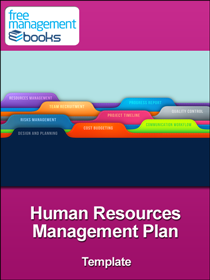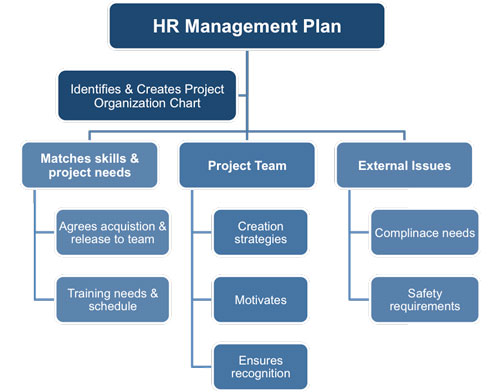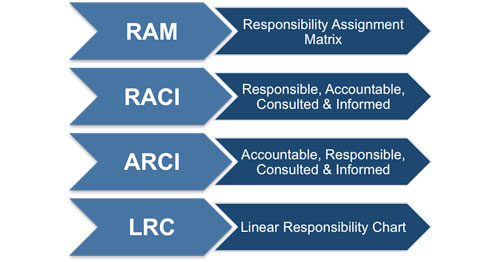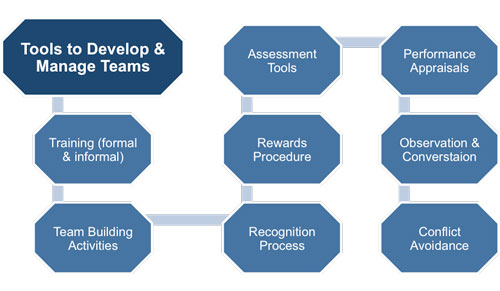
Human Resources Management Plan Template
This template enables you to develop a human resources (HR) management plan for a project. This is a complex area and often has conflicting needs within it.
This plan outlines the individual team roles and responsibilities for the project as defined by the project manager. It describes how the personnel involved in this project will be selected, managed, assessed and developed to ensure the team has all the skills and expertise required for its success.
The very nature of this plan involves it closely with three other key project plans those of time, cost and scope management. The details of the HR management plan form a cornerstone of every project as it interacts with the other project management plans and the inevitable changes a project will undergo.
The purpose of the HR plan is to describe how members of the project team will be managed, assessed and ‘rewarded’ for their participation in the project. For individuals the rewards should be on two levels.
- Firstly, organizational – receiving recognition in their annual appraisal for the contribution to the project.
- Secondly, personally – with the development of their skills and competencies.
It defines each of the project roles, the skills needed, outlines areas of responsibility and their contribution to the project reporting requirements, which are visually presented in a project organizational chart.

Before any detailed work can be conducted on the structure and composition of the project team the manager needs to have a detailed description of project activities and their associated skills requirement. Once the project manager has this information he or she is able to:
• Identify staff with skills need for project roles.
• Agree a timetable for acquisition and releases of the identified individuals to the project team.
• Identify & schedule necessary training for team members.
• Isolate the best strategies to create a ‘project team’ from this disparate set of individuals.
• Pinpoint compliance considerations related to the project and any safety issues.
• Defined & gain agreement to a recognition procedure.
A consistent and constant supply of the key personnel especially those with a highly valued skills set is a continual issue for any project manager.
The HR management plan with careful and considered preparation can highlight such issues before the project starts and gain agreement as to how best to manage these scarce resources within the organization to minimize conflict. Management of the project team is a continual balancing act.
1) Do you keep to the shortest schedule or do you develop team members’ skills so they are better equipped to deliver?
2) Do you focus solely on the needs of the project and how individuals can deliver those or assess the potential of each person and use project requirements to develop them?
There are three key processes in project HR management. The first is to develop the human resources plan, then to acquire and develop the project team itself and finally to manage that team to the successful completion of the project. Its contents help project managers to operate effectively in the typical matrix management environment that recognizes the specific needs of managing individuals who find themselves in a dual-reporting relationship.
Operating within these circumstances requires excellent communication between all parties especially the individuals line manager. It is essential that all involved understand the importance of having the ‘right’ resources at the ‘right’ time and how the project is contribution to the overall success of the organization.

Active listening and showing empathy with the line manager’s plight is a vital skill for any project manager, negotiating with appreciation of their needs will serve better than demanding. Another ingredient for success in matrix management is the backing from senior management and executive who have set up workable procedures for this environment.
Within the staffing management plan, details of how personnel for the project will be acquired, from where – internal or using agencies and specifies the process of how staff are released are described. The HR plan also specifies the team interactions and reporting relationships that are need to develop the project team and lists the responsibilities that are applicable to each role so that each project phase can be managed effectively.
The most common tools used to document a project team’s role structure are shown in the diagram below. One of the most popular tools is RAM (Responsibility Assignment Matrix) because it shows the connections between team members or groups and the work packages or activities as defined by the work breakdown structure (WBS). This method guarantees that a single person is accountable per task ensuring clarity and responsibility.
No project manager will have in depth knowledge of every facet of a project so he or she will bring in experts to help them qualify who is best suited for each of the project roles. These experts can also bring the benefit of historical experience of working within the organization’s structure and culture that avoids making political errors. They can also help itemize the risks related to the different aspects of staffing, such as acquisition, retention, appropriate access and legality of proposed contracts. This enables the resource calendars to be produced that define the time periods each team member is available to work on the project.

Another essential process that is invaluable to any project manager is their ability to informally network with the individuals that are part of the project environment and to ascertain what their ‘interests’ are in the project. The results of this informal activity are significant and should not be overlooked because they give the project manager a more thorough understanding of each individual’s work personality and their ability to handle the role and responsibility they have been assigned.
Excellent communication skills and leadership skills are crucial for a project manager when developing and managing his or her team. Having a sound understanding of how groups develop is a tremendous asset as the project will win or fail based on the ‘quality’ of the people. The project manager’s role is to ensure success is attained with the people he or she has at their disposal.
Establishing firm and clear ground rules is vital to any project and its importance increases when managing a project over multiple sites. It may be tempting to delegate the management of the project team and focus on the technical aspects of a project, but your personal success is dependent on getting the best out of those in your team and that will only be achieved with effective people management.
